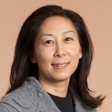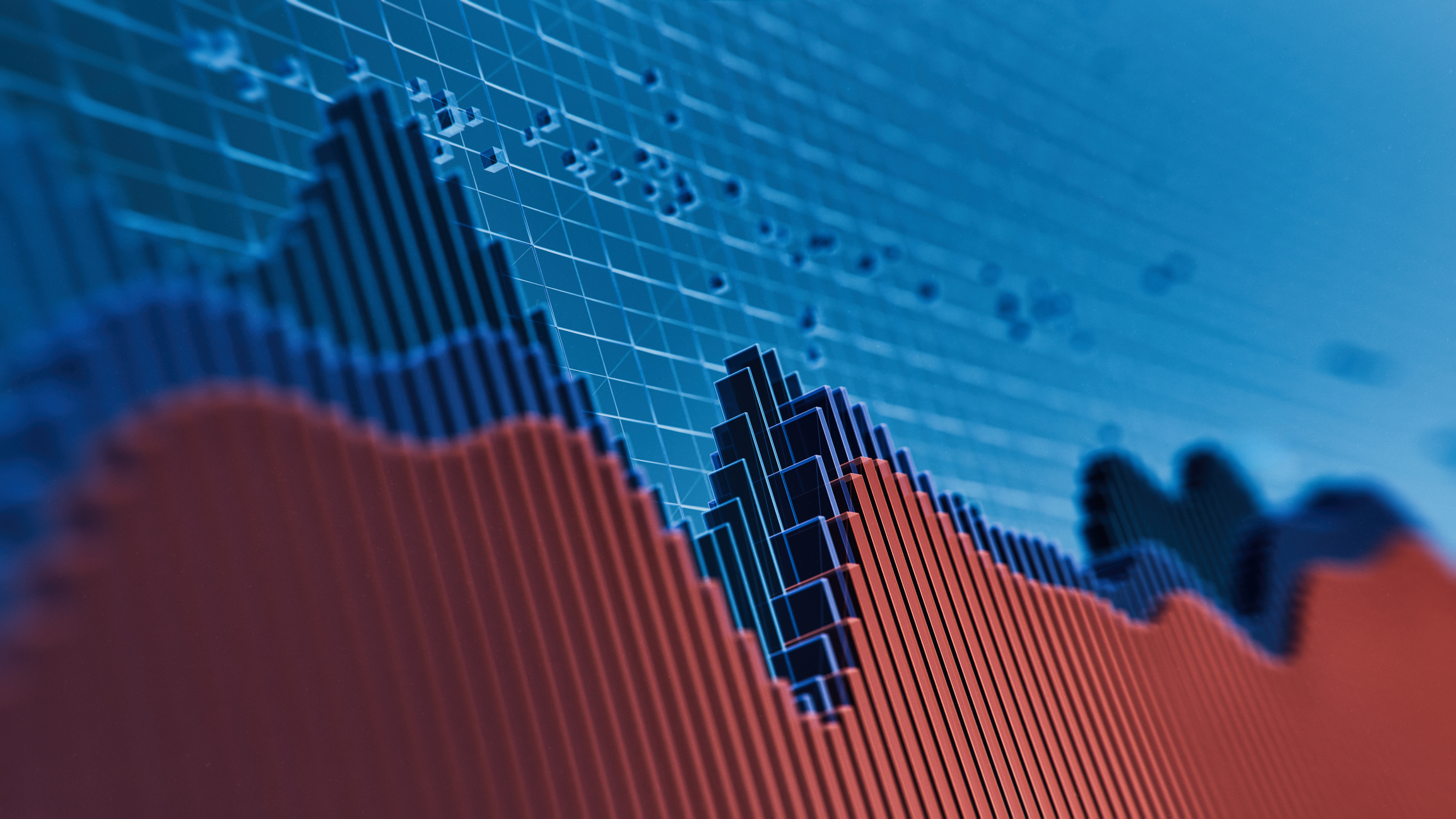NOBL: An ETF For Dividend Aristocrats
The S&P 500 Dividend Aristocrats index consists of companies that have increased dividends for at least 25 consecutive years — and only one U.S. fund tracks it.


A chronicle of companies moving in and out of the S&P 500 Dividend Aristocrats index may not be as riveting as an episode of The White Lotus. But look behind the scenes. Stock market volatility is heightened these days, signaling a possible inflection point in market leadership. It’s a good time, then, for investors to turn their attention to stocks that pay dividends, especially the stocks of high-quality companies with steadily increasing payouts.
That’s the stomping ground of the Dividend Aristocrats index, which includes only companies in the S&P 500 benchmark that have consistently raised dividends for at least 25 consecutive years. Coca-Cola, Procter & Gamble and Walmart are longtime Aristocrats members.
Earlier this year, as part of the benchmark’s annual reconstitution, three new companies were added: insurance company Erie Indemnity, energy provider Eversource Energy, and FactSet Research Systems, which provides financial data and analytic services to investors. There were no deletions.
From just $107.88 $24.99 for Kiplinger Personal Finance
Become a smarter, better informed investor. Subscribe from just $107.88 $24.99, plus get up to 4 Special Issues

Sign up for Kiplinger’s Free Newsletters
Profit and prosper with the best of expert advice on investing, taxes, retirement, personal finance and more - straight to your e-mail.
Profit and prosper with the best of expert advice - straight to your e-mail.
ProShares S&P 500 Dividend Aristocrats (NOBL)
Exchange-traded fund ProShares S&P 500 Dividend Aristocrats (NOBL, $104, expense ratio 0.35%) is the only U.S. fund that tracks the Dividend Aristocrats index, which currently includes 69 stocks.
The ETF is an antidote of sorts to the concentration of the Magnificent Seven, those tech-related firms that drove market returns for much of the past two years. None of the Seven are Aristocrats, for starters; two of them, Amazon.com and Tesla, don’t even pay a dividend. And the Aristocrats index is equal-weighted — assets are evenly divided by each stock in the index, regardless of market value, dividend yield, or any other measure — and rebalanced quarterly. “It’s a ward against single-stock concentration,” says a spokesperson for S&P Dow Jones Indices. The ETF also yields 2.5%, which is better than the 1.2% yield of a comparable S&P 500 ETF.
Naturally, the absence of the Magnificent Seven in the Aristocrats index has hurt the relative recent returns of the ProShares S&P 500 Dividend Aristocrats ETF. Over the past five years, the ETF’s 11.5% annualized return has lagged the 16.9% average annual gain in the straight-up S&P 500. But over longer hauls, the Aristocrats index has turned in similar returns to the S&P 500, with less volatility.
Note: This item first appeared in Kiplinger Personal Finance Magazine, a monthly, trustworthy source of advice and guidance. Subscribe to help you make more money and keep more of the money you make here.
Related content
Profit and prosper with the best of Kiplinger's advice on investing, taxes, retirement, personal finance and much more. Delivered daily. Enter your email in the box and click Sign Me Up.

Nellie joined Kiplinger in August 2011 after a seven-year stint in Hong Kong. There, she worked for the Wall Street Journal Asia, where as lifestyle editor, she launched and edited Scene Asia, an online guide to food, wine, entertainment and the arts in Asia. Prior to that, she was an editor at Weekend Journal, the Friday lifestyle section of the Wall Street Journal Asia. Kiplinger isn't Nellie's first foray into personal finance: She has also worked at SmartMoney (rising from fact-checker to senior writer), and she was a senior editor at Money.
-
 The 'Scrooge' Strategy: How to Turn Your Old Junk Into a Tax Deduction
The 'Scrooge' Strategy: How to Turn Your Old Junk Into a Tax DeductionTax Deductions We break down the IRS rules for non-cash charitable contributions. Plus, here's a handy checklist before you donate to charity this year.
-
 IRS Says You Made a Tax Return Mistake? A New Law Could Help You Fight Back
IRS Says You Made a Tax Return Mistake? A New Law Could Help You Fight BackTax Law Updated taxpayer protections change what the IRS must explain on error notices and how long you have to respond.
-
 What to expect from the global economy in 2026
What to expect from the global economy in 2026The Kiplinger Letter Economic growth across the globe will be highly uneven, with some major economies accelerating while others hit the brakes.
-
 What to expect from the global economy in 2026
What to expect from the global economy in 2026The Kiplinger Letter Economic growth across the globe will be highly uneven, with some major economies accelerating while others hit the brakes.
-
 I'm a Tax Attorney: These Are the Year-End Tax Moves You Can't Afford to Miss
I'm a Tax Attorney: These Are the Year-End Tax Moves You Can't Afford to MissDon't miss out on this prime time to maximize contributions to your retirement accounts, do Roth conversions and capture investment gains.
-
 I'm an Investment Adviser: This Is the Tax Diversification Strategy You Need for Your Retirement Income
I'm an Investment Adviser: This Is the Tax Diversification Strategy You Need for Your Retirement IncomeSpreading savings across three "tax buckets" — pretax, Roth and taxable — can help give retirees the flexibility to control when and how much taxes they pay.
-
 Dow Rises 497 Points on December Rate Cut: Stock Market Today
Dow Rises 497 Points on December Rate Cut: Stock Market TodayThe basic questions for market participants and policymakers remain the same after a widely expected Fed rate cut.
-
 Could an Annuity Be Your Retirement Safety Net? 4 Key Considerations
Could an Annuity Be Your Retirement Safety Net? 4 Key ConsiderationsMore people are considering annuities to achieve tax-deferred growth and guaranteed income, but deciding if they are right for you depends on these key factors.
-
 I'm a Financial Pro: Older Taxpayers Really Won't Want to Miss Out on This Hefty (Temporary) Tax Break
I'm a Financial Pro: Older Taxpayers Really Won't Want to Miss Out on This Hefty (Temporary) Tax BreakIf you're age 65 or older, you can claim a "bonus" tax deduction of up to $6,000 through 2028 that can be stacked on top of other deductions.
-
 JPMorgan's Drop Drags on the Dow: Stock Market Today
JPMorgan's Drop Drags on the Dow: Stock Market TodaySmall-cap stocks outperformed Tuesday on expectations that the Fed will cut interest rates on Wednesday.
-
 Meet the World's Unluckiest — Not to Mention Entitled — Porch Pirate
Meet the World's Unluckiest — Not to Mention Entitled — Porch PirateThis teen swiped a booby-trapped package that showered him with glitter, and then he hurt his wrist while fleeing. This is why no lawyer will represent him.